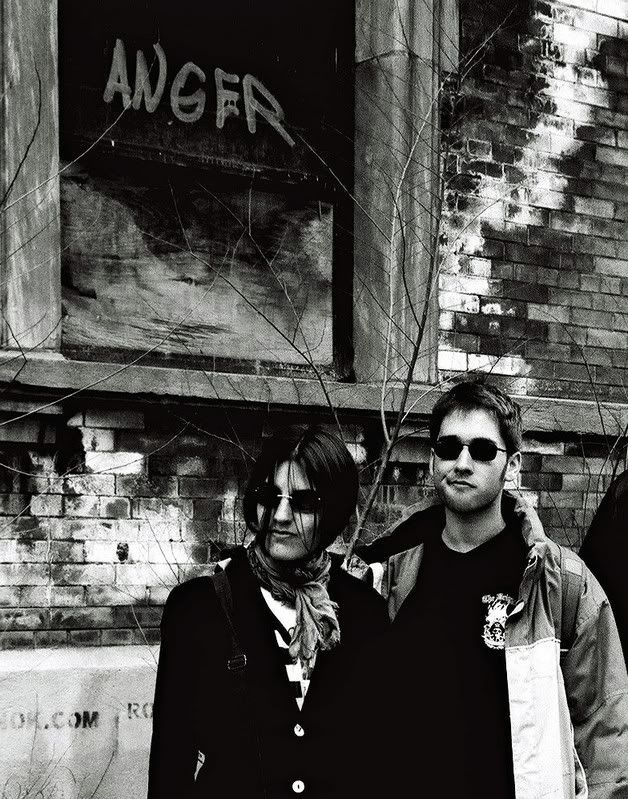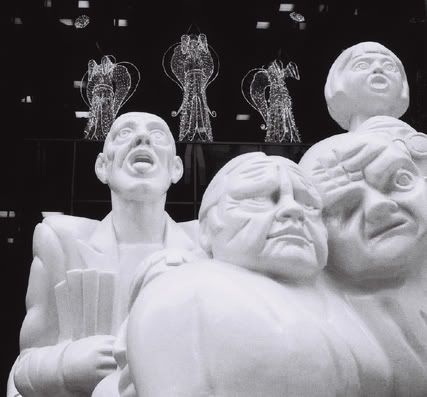Been a steady user of it and Neopan 400 since the mid- 90s, and I use nothing but the 1600 these days. I adore it.
I do get a lot of doomsday shots with it, *when* I overexpose (which is, in my case, chronic).
But when I do manage to put roughly the manufacturer's recommended allowance of light on the film, it behaves in a well-enough moderated fashion for my taste:
(Your definition of proper exposure may differ from mine.)
There's never anything vague or dreamy about the stuff, though; even pictures taken in mist or heavy fog will have snap:
Lens for all of the above was a Leitz 40mm f/2 Summicron. Direct negative scans, not much Photoshop.
I've used it at 800, with good results; pushed, I find it tends to go lithic in a hurry. If you send me out to shoot bar bands at ASA 12500 or 25000 again, I'll choose T-Max 3200 instead, and push
that.
I've also used a bit of Ilford's Delta 400 & 3200. I find the Delta 3200 product much smoother, creamier, round-grained, and refined, whereas Neopan 1600 is like a little roll of sandpaper in comparison. If were going to shoot high-speed girl portraiture in a serious way again, I'd buy some Delta 3200, but otherwise, this fast Fuji stuff really turns my crank.





